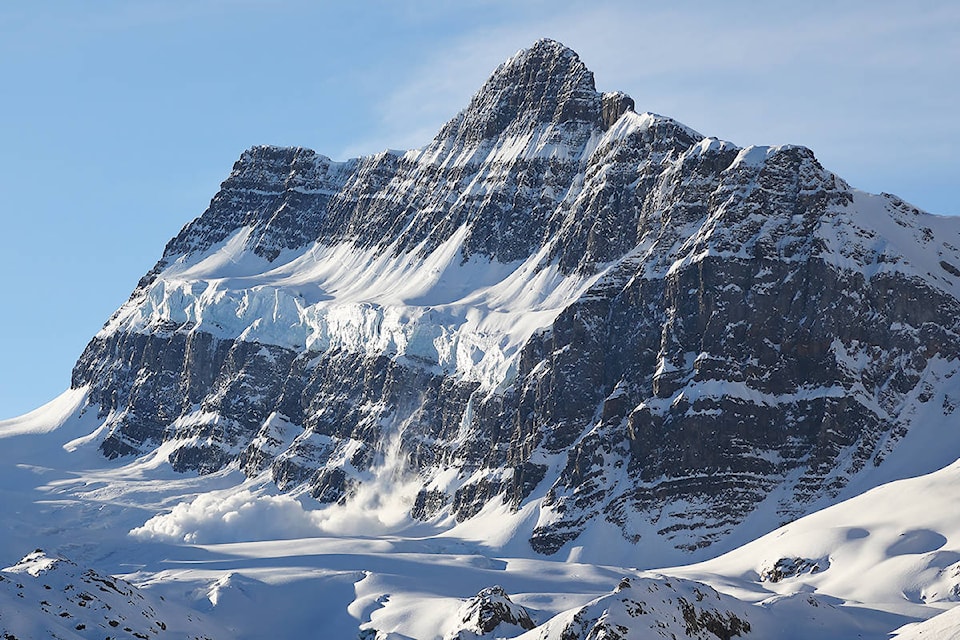Avalanche Canada says they will be forced to cut life saving services if they do not receive more funding.
“We are at the tipping point. We can only stretch it so much,” says Gilles Valade, executive director of Avalanche Canada.
Avalanche Canada is a non-profit and non-government organization that aims to eliminate avalanche fatalities and injuries in Canada. The organization is Canada’s national public avalanche safety agency and is based in Revelstoke, B.C.
It develops and delivers public avalanche forecasts and avalanche warnings for 12 mountainous regions in western Canada that are essential for winter backcountry activities, such as backcountry skiing, snowmobiling, mountaineering, and snow shoeing. The organization was formed in 2004 in response to 29 people killed during the winter of 2002/2003, including seven high school students.
READ MORE: BC Coroner Service, Avalanche Canada stress need for safety after McBride avalanche
Since it’s creation avalanche fatalities have been stable at an average rate of 12 per year. Since 2007, 145 people have been killed by avalanches in Canada, most of which are in B.C.
Avalanche Canada is funded by the B.C. and Alberta government, grants, retail sales, and private sponsorship. While funding for the organization has increased since 2004, Valade says it isn’t enough to meet public demand.
According to Parks Canada data, annual winter permits in Rogers Pass have doubled since 2010, from roughly 1,100 to more than 2,000 in 2018. A winter permit is needed to ski in Glacier National Park due to avalanche control on the Trans Canada Highway.
“In Canada, winter backcountry use is booming,” says Valade.
Last year, Avalanche Canada’s website received more than 4 million page views, an increase of 81 per cent from the year prior.
| Forecaster Grant Helgeson in the North Rockies, a region that doesn't receive a daily forecast because of lack of data. Forecasters visit this region a few times a winter, where they do outreach presentations as well as gathering field observations (Photo by Michael Moen) |
“If we take Switzerland for example, their program is fully government funded. They get way more than what we get. Our forecast territory alone is six times the whole country of Switzerland. They are funded to the tune of $12 million Euros from their federal government,” says Valade.
By comparison, Avalanche Canada’s budget for this winter is just under $2 million.
“We’re known as a world class avalanche centre, without the world class funding,” says Valade.
In the U.S., their national avalanche forecasting is provided by 14 organizations, most of which fall under the umbrella of the National Avalanche Center. While those organizations are funded by a combination of government and private funding, most of the avalanche forecasters are employed by the U.S. government.
According to the National Avalanche Center, all 14 organizations combined receive up to $5 million per year and cover an area similar to Avalanche Canada.
As backcountry use increases, Avalanche Canada says they should also expand to meet the demand.
“There are places that people go to now that they never did, like the northern Rockies. In 2004, no one went there. Now it’s a destination,” says Valade.
Avalanche Canada currently lacks the resources to provide an avalanche forecast for that area.
Since 2015, more than 10 people have died from avalanches in that area alone.
Regardless, Avalanche Canada says they do not have enough funding to keep providing their current services, let alone expand.
“We’re at the point where we can’t keep up with what we’re doing. And we’re losing ground,” says Valade.
Due to precarious funding, Valade says it can be extremely difficult to hire staff and plan ahead.
For example, when Avalanche Canada approved this years budget in July, almost half of it was still unaccounted.
“It’s hard to keep employees and re-hire when you don’t even know if you’re going to get money.”
The organization partially depends on private sponsorships, many of which are drying up.
| Avalanche debris (Photo by Ben Nearingburg) |
“They’re happy to help us. We try really hard and we get a sponsorship from a ski manufacturer for $2,500 and we spent three years trying to get them on board. We need millions. We don’t need $2,500. Private sponsors see this as a public safety service. We can’t depend on private sponsors that come and go to run an operation that is basically an essential service,” says Valade.
Earlier this week, Avalanche Canada lost two more private sponsors worth roughly $15,000.
“When your budget is so tight $15,000 is the difference between a deficit or not. Or not buying a snow mobile for the field. So it’s hard to go out and collect data,” says Valade.
Valade says he has been working with the federal government for the last two years and is hoping for a new agreement that would provide up to millions more in stable funding.
The B.C. government replied to the Review in an email that the Minister of Public Safety and Solicitor General Mike Farnworth is planning to meet with Avalanche Canada to discuss funding concerns. Currently the province provides over $400,000 in annual funding to Avalanche Canada.
Alberta Environment and Parks also replied in an email that ,”Alberta supports Avalanche Canada in their development of a national funding strategy and will continue work with the agency on the details of how we can provide ongoing support.”
READ MORE: Avalanche Canada presentation details harrowing rescue
Valade says the service that Avalanche Canada provides is essential.
“If Avalanche Canada disappeared tomorrow, it would be disaster out there. Without our services and forecast for 12 regions with thousands and thousands of people going out there, who knows what would happen. But I don’t think it would be good.”
@pointypeak701
liam.harrap@revelstokereview.com
Like us on Facebook and follow us on Twitter.
